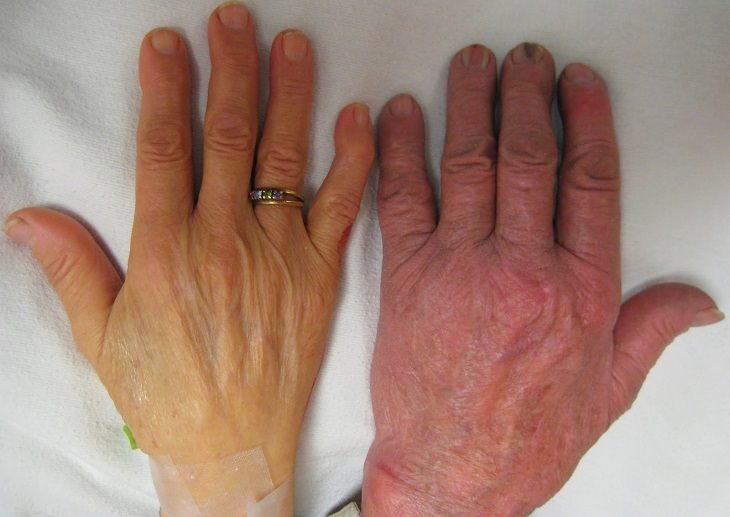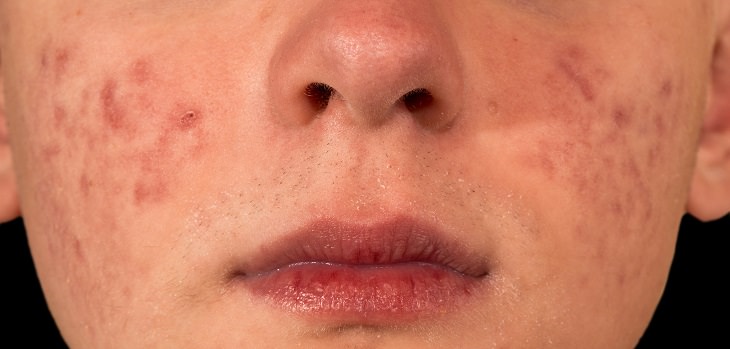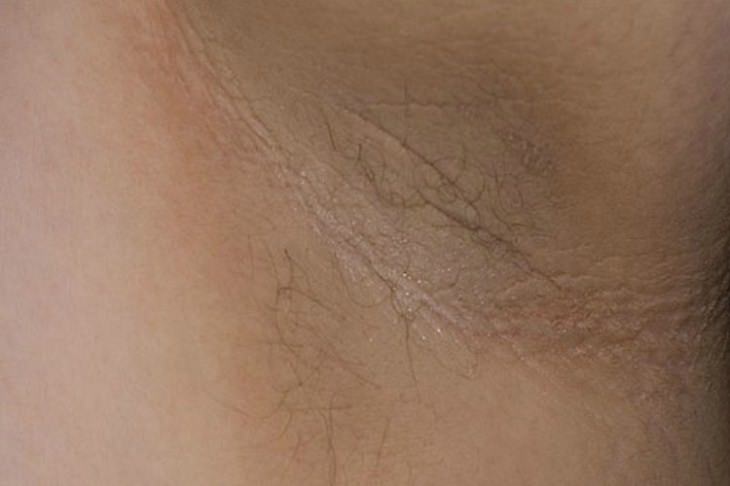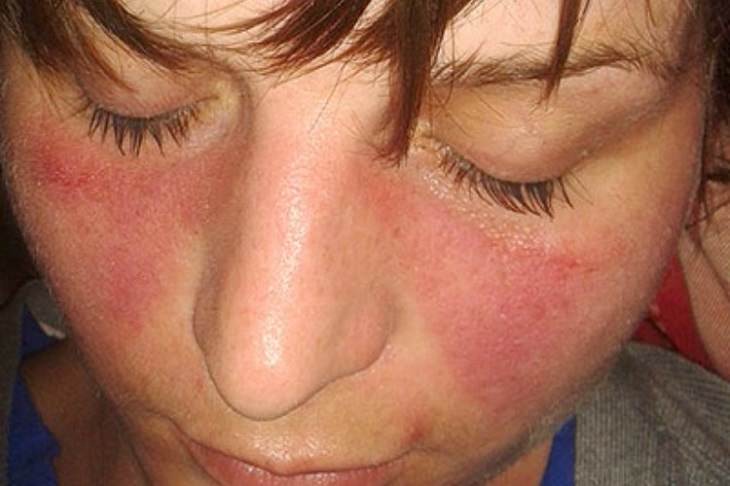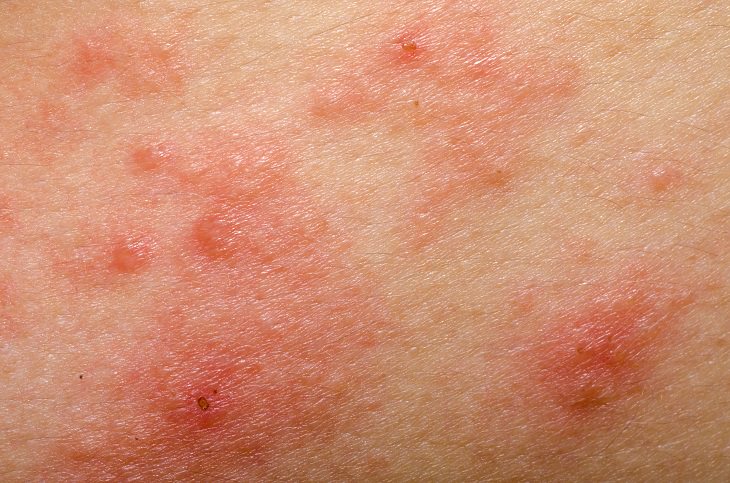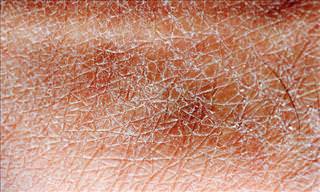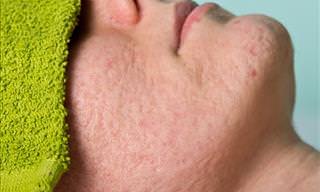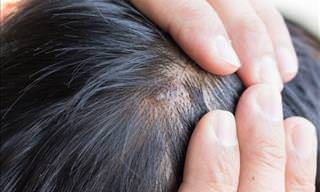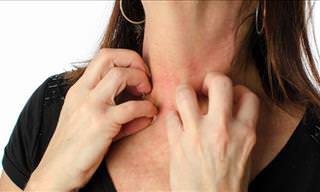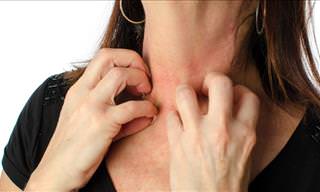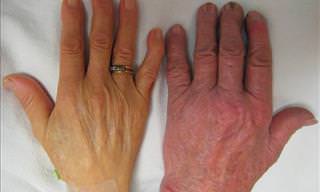When it comes to our health, the more information we have, the better we'll be able to look after it. While being excessively vigilant runs the risk of turning you into a hypochondriac, ultimately you can't really go wrong by paying more attention to your body. So where should you start? Seeing as your skin is actually your body's largest organ, it's by far the easiest place to monitor. Have a look at some of the most common skin issues below, and what they might possibly be signs of. If you recognize any of these symptoms, we'd recommend making an appointment with your doctor, even if just to put your mind at rest.
1. Discoloration
If your skin inexplicably changes color, it could be a sign of a larger and deeper problem. If you spot your skin darkening around your knees, elbows, joints, scars, or in your body's folds, it could be symptomatic of an adrenal, hormonal disorder, such as Addison's disease. If you currently suffer from a condition like diabetes, yellowing skin could indicate a problem with your liver, while bronzing skin might mean your body is having some trouble metabolizing iron.
2. Acne
Acne breakouts during adulthood are often an indication of hormonal imbalances or changes, either related to stress or to a woman's menstrual cycle. Often, this kind of acne will respond to simple medication, and may even fade away naturally. However, if it's paired with irregular periods, or doesn't respond to basic treatment, then check with your doctor, since adult acne is one of the symptoms of PCOS.
3. Rashes
Don't panic yet - rashes are extremely common, and are generally the result of an allergic reaction. However, there are a couple of rashes which are a bit more worrisome. If a purple, velvety rash appears in the folds of your body or on the back of your neck, it could be a sign of type II diabetes. If you get a purple rash with a 'regular' texture spread across your lower legs, then this could be symptomatic of hepatitis C. If you spot either of these rashes, then make an appointment with your doctor immediately.
4. Butterfly Rash
One particular kind of rash which you should never ignore is the butterfly rash. Also known as a malar rash, it appears on your face, and spreads across your nose, upper cheeks, and beneath your eyes. While it could simply be contract dermatitis or rosacea, it may also be a symptom of lupus.
5. Psoriasis
Psoriasis appears as red, raised patches anywhere on your skin, accompanied by particular silvery scales. This occurs because your body is producing more skin cells than you actually need. If you get these patches, make sure you see a doctor, since psoriasis increases your chances of having high blood pressure, type II diabetes, and other cardiovascular conditions.
6. Eczema
Have itchy, dry, red skin, but without psoriasis' silvery scales? It could actually be eczema. Sometimes called dermatitis, it's characterized by thickening, inflammation, and even crusting. Eczema can be a sign of a thyroid condition, a hormonal imbalance, or even an autoimmune disease called scleroderma.
7. Freckles
Moles and freckles are natural distinguishing features for all kinds of skin types. If you've always had them, then you needn't be alarmed. However, if new ones suddenly start appearing, or if old ones start changing position, then this could be a sign of melanoma, so it'd be best to check in with your dermatologist.
 Go to BabaMail
Go to BabaMail


